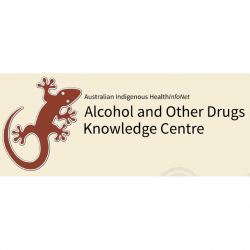Adolescent psychosocial alcohol-related harms increase risk of later alcohol use disorder
Alcohol-related harms are a broad range of negative consequences that can result from drinking alcohol. These can range from things that only affect your body, such as feeling sick or having a hangover, to things that affect you psychologically and socially, such as having problems with friends or getting into fights.











